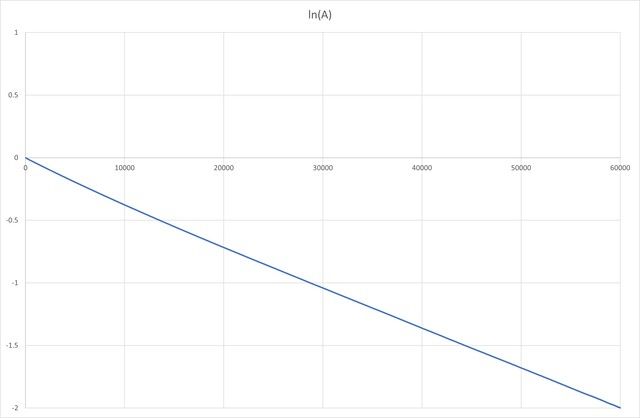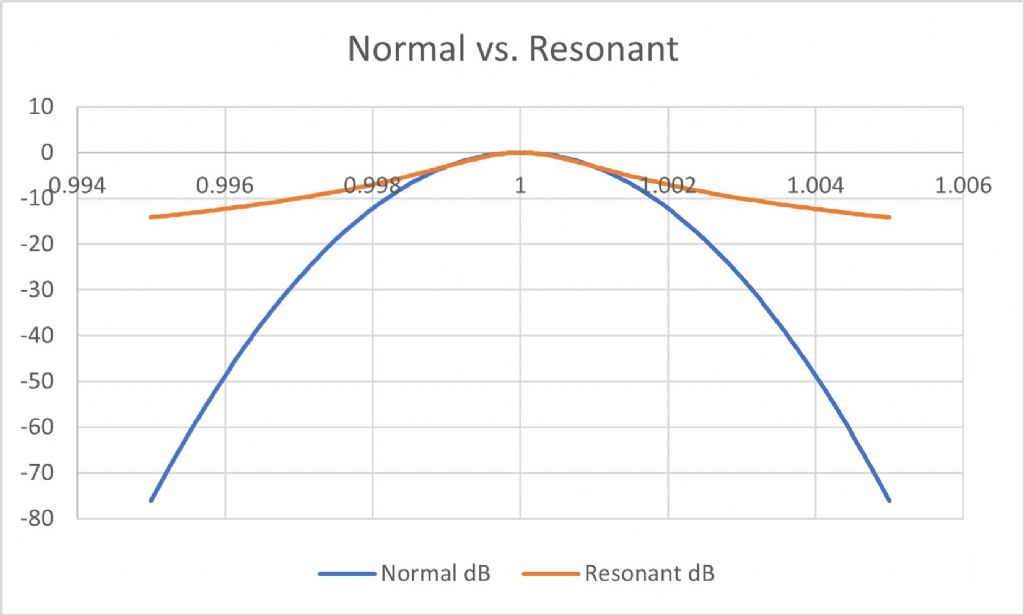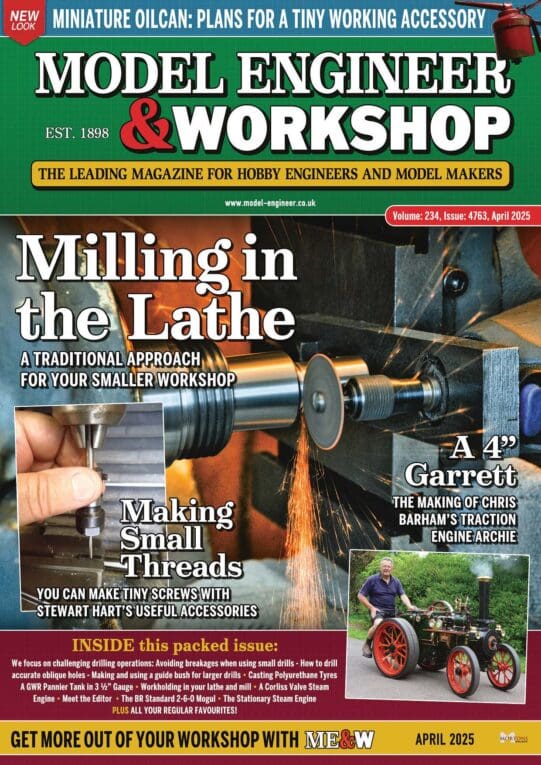Posted by SillyOldDuffer on 16/08/2023 21:15:50:
After reading SK and John's posts I decided to pour myself a couple of large sherries and go to bed early!

Dave
Last night's exciting episode ended with our hero (me because I'm writing the script) assailed on all sides. By analogy I was cuffed inside a heavily weighted crate dropped into the Atlantic north of Scapa Flow. Fortunately I'm a pulp fiction fan, where cliffhangers are resolved in the next issue with the line 'With one mighty bound he was free."
Oh well, back to the real world where I may be sunk without trace!
SK repeated my description of the bandwidth Q-factor calculation on his data and got an absurd answer. I don't think that proves the bandwidth method doesn't work. I'd like to run SK's data through my program to see what I get. If I get 198,000 too, then the clearly my approach is wrong. Any chance of making the data available via Dropbox or similar?
John Haine is more difficult to deal with because I'm well out of my depth with the maths! John said (full post above at 17:32 yesterday):
It seems to me that the resemblance of the normal distribution curve to a resonance curve is tempting but unfortunate. Assuming that Dave's period distribution is normal, its width is characterised by just one parameter, the standard deviation. The "-3dB" points are related to this but superfluous.
In practice the width of the period distribution must depend on the amplitude and noise level (i.e. the "signal to noise ratio" as well as on Q. So buried in Dave's computation is this SNR, which itself is also determined by Q (as this determines the bandwidth of the noise which is affecting the period).
In response, I didn't invent the Bandwidth method of determining Q-factor!
As I understand it Q-factor is a dimensionless indicator of the goodness of an oscillator. Any oscillator from bouncing balls to atomic clocks. To my mind a pendulum is just another oscillator following the same rules as all the others. Oscillators resonate at a particular frequency, and energy is required to keep them going. Lossy oscillators, such as a pendulum in treacle, have low Q because stirring treacle consumes lots of energy. The same pendulum swinging in a vacuum has high Q because atmospheric friction is eliminated. Exactly the same rules apply to Inductor(L) / Capacitor (C) oscillators. Although capacitors are low-loss, the inductor is a metallic wire coil and the wire is a resistor. The same inductor made of Brass wire has lower Q than one made of Copper, and Silver is better again. Energy loss in a resistive inductor behaves the same way as energy loss in a pendulum overcoming air resistance.
Two ways of measuring oscillator Q:
- Impulse the resonator once and count how many cycles it takes for the amplitude to decay by a known amount, say 50%. Q is calculated by applying a formula. This is the decay method
- Impulse the resonator to keep the resonator running continually. Amplitude peaks when the impulse frequency matches the resonant frequency. In practice the resonant frequency varies about a mean, and it has a normal distribution. When a lot of energy is needed to maintain oscillation, the resonant frequency also varies a lot – low Q. When very little energy is needed to maintain oscillation, frequency doesn't vary much. Q is calculated by determining the resonators bandwidth by getting the frequency spread by analysing a large number of periods. Narrow bandwidth means high Q, wide bandwidth means low Q. Q is calculated by applying a formula, this is the bandwidth method.
John said: 'seems to me that the resemblance of the normal distribution curve to a resonance curve is tempting but unfortunate. I disagree – I think the resonant curve of an oscillator is normally distributed unless something disturbs it. Standard Deviation isn't the whole story because, as far as I know, it doesn't describe the shape of the distribution, narrow or wide. Stdev has a dimension, whereas Q is dimensionless.
I can't argue with John's formula, but offer this from an article on the web:

This formula doesn't introduce the spectral density of the noise force component of the impulse.
Duncan suggests measuring my pendulum with both decay and bandwidth methods. Did that in the past and got a result within about 30%. Not conclusive because I didn't repeat the measurement several times. Can't do a decay measurement on my clock at the moment because it's doing a long run. For family reasons I'm short of time at present, but might find a few hours to hack a test pendulum. Alternatively, if John has decay measured one of his pendula, and has a run log, I could analyse that to see if results are similar.
Though chest deep in doubt, I still think Decay and Bandwidth are both valid ways of measuring pendulum Q.
Dave
 Michael Gilligan.
Michael Gilligan.










